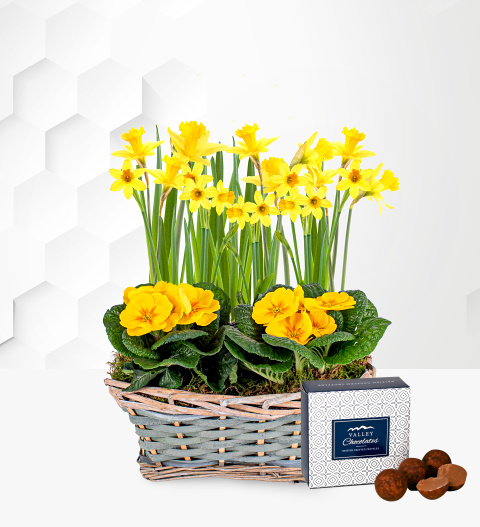
Windowsill plant growing tips for beginners
If you are somewhat new to gardening or if you have never really had success growing plants indoors, you will find these windowsill plant growing tips really handy. From growing advice to choosing the right types of plants, you’ll find all the basics right here. Remember to always start off small and allow your garden to grow. If you take on too much, you might find it too difficult to manage right away. Give yourself a chance to get to know your plants and their needs.
Basics you will need to consider
One of the main things your windowsill plant will need is sunlight. Of course, you need to take care when it comes to the type of sunlight and the amount it receives each day. For example, some plants need a small amount of direct sunlight in the earlier part of the day. Others may prefer indirect sunlight during the day. If you place your plant in the wrong lighting, it can cause the leaves to burn or the plant could wither and perish. It is also important to make sure that you choose a plant that will not grow too quickly or you will find that it will outgrow your windowsill sooner rather than later. The planters you use should have ample drainage. This will help prevent root rot after watering since the water will not be trapped inside the pot.
Getting started
The first thing you need to do when it comes to windowsill plant growing is to choose your selection of plants. You might like to make the most of your space and plant some herbs. This mini garden will serve several purposes. Not only will it look and smell lovely, but you will also have fresh herbs for your meals! Take note of the life cycle of each plant before planting. You can grow them from seeds or seedlings. In general, a south-facing window is ideal for these plants. Once you have decided on the types of plants you wish to grow, you will need to prepare the pots with potting soil. Rich, high quality soil is important in order to help your plant take root and grow. As for watering, you should always check if the soil is almost completely dry before watering. You should stick your finger in the soil to check below the uppermost layer. If you water too often, seeds will not grow and the roots of plants may rot.
Planting herbs
If you are not sure which windowsill plant is right for you, you will be happy to know that there are several amazing ideas. Herbs, as mentioned above, are one option. This is because they are easy to grow in small spaces and you can plant several herbs in the same large planter if you like. Some of the easiest herbs to grow include parsley, basil, thyme, chives, oregano and rosemary. Tarragon and mint are known for growing faster and they can develop fairly ‘wild’ roots. For this reason, they should be planted in separate containers or they can affect the well being of your other plants.
Choosing leafy greens
If you have a window that does not receive at least five hours of sunlight each day, you should choose leafy greens. Spinach is a great example of this type of windowsill plant. It is easy to care for and offers amazing lush greenery.
Plant vegetables
Your windowsill plant does not need to produce only flowers or delicious leaves. You can also choose to plant a variety of legumes and vegetables. Some of the top choices include peas, beans, radishes, carrots and even tomatoes. Remember, many vegetables are available in several varieties. Choose the smaller varieties in order to suit container growing best.
Succulents and flowers
Of course if you want your windowsill plant to serve more of an aesthetic purpose, you could always plant a succulent or flowering plant. Remember, succulents retain moisture so they do not need to be watered often. As for flowers, some of the best choices include geraniums, African Violets, cyclamens, hyacinths and daffodils. Some flowers and plants have toxic properties so make sure that you choose wisely if you have children or pets.
Another important point to consider when it comes to your windowsill plant selection is whether the plant you choose is perennial or annual. Some plants will bloom year after year. Some remain green during winter and others become dormant only to sprout again in the spring. It all depends on the life cycle of the plant. Make sure that you conduct plenty of research before making your choice.
